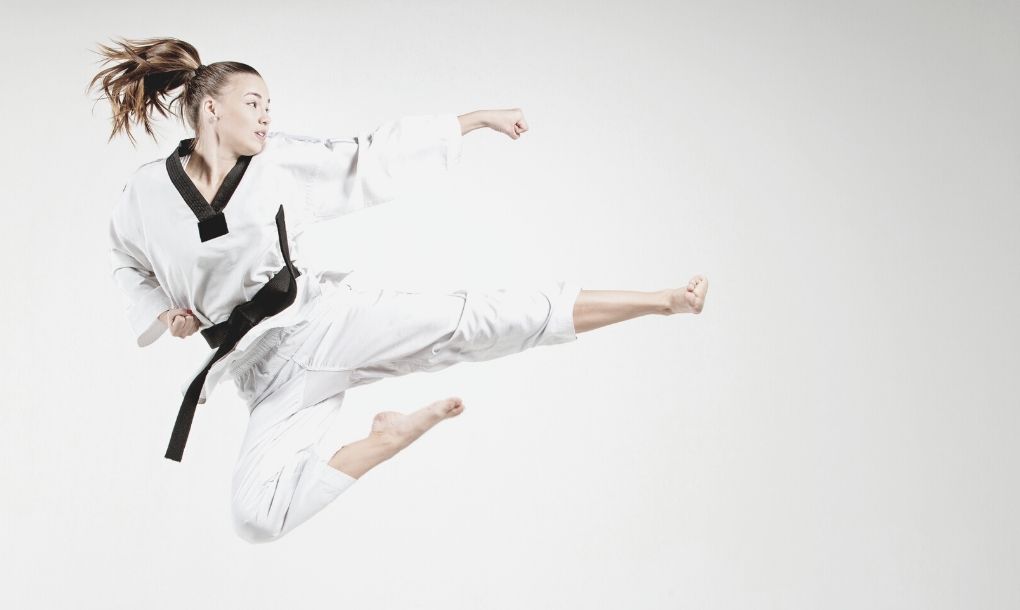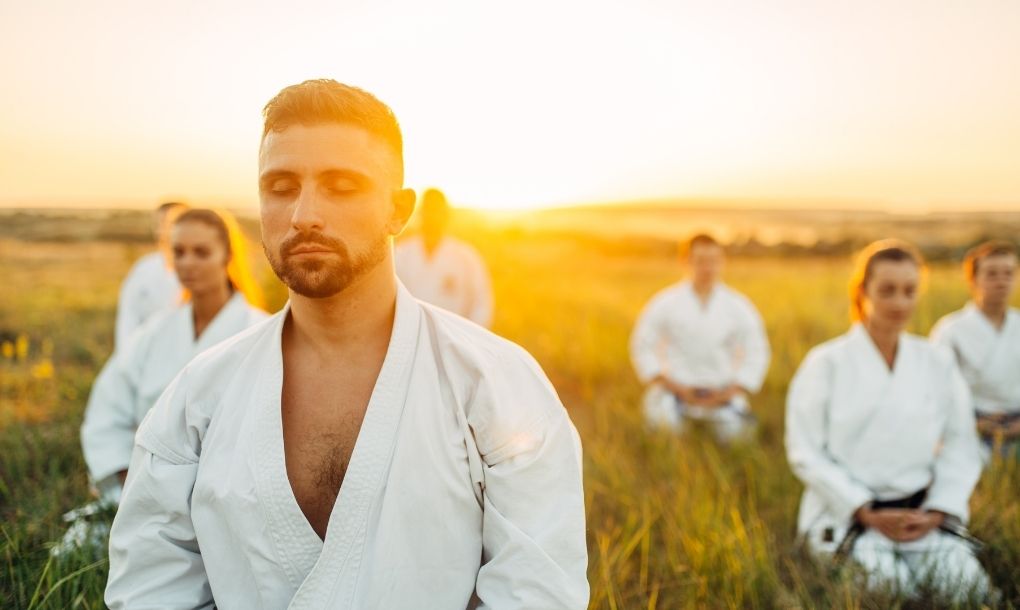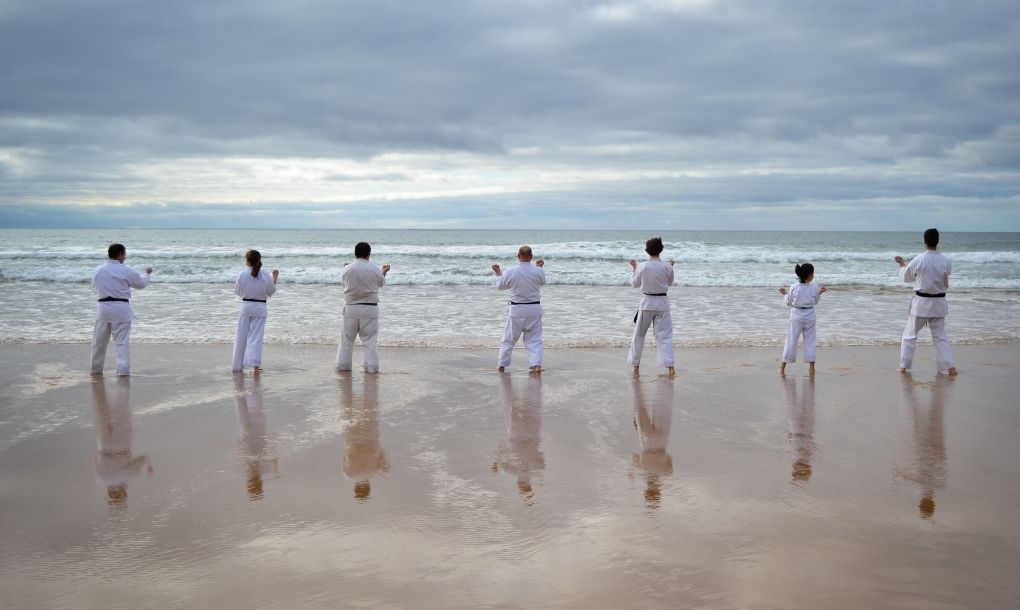Date of the last update: 15.03.2022
Sport plays a huge role in the modern world. Physical activity has been long known to shape character, improve well-being, give fulfilment and boost your mood. Although primarily associated with Asia, martial arts will not only help you become physically fit but will also bring you mental benefits. Martial arts may seem to be niche sports, but in fact they are quite popular both in Asia and Europe. Interestingly, some martial arts, like taekwondo, are Olympic sports. But is studying martial arts worth it? What actually are martial arts? What kinds of martial arts are there? What can be learned from them?
Table of Contents:
You can read this article in 4 minutes.
What are martial arts?
The term “martial arts” is commonly used to refer to various types of hand-to-hand and melee-weapon combat. Their main focus is on learning how to attack an opponent to defeat them and how to defend oneself successfully against an enemy’s attacks. The idea is not to show off strength but to use it cleverly and wisely in situations that involve danger. The physical strength that you acquire is intended for spiritual development rather than to attract admiration or for personal gain.
The most popular martial arts originate from countries such as China, Japan, Thailand and Korea. They are firmly rooted in Buddhist philosophy, which holds sway in the Far East. The central tenet of many martial arts is to control one’s movements and remain calm rather than be aggressive and competitive. They promote values such as discipline and respect for your opponent. It is these qualities that set martial arts apart from combat sports, the main aim of which is to defeat your opponent.

What martial arts are there?
There are many martial arts. Let’s have a brief look at some of them.
- Karate is a martial art used for self-defence. The idea is to hit your opponent with your arms and legs. The punches are accompanied by shouts that help boost your strength and confuse your opponent.
- Jiu-jitsu is considered the prototype of other martial arts. Its fundamental principles are pliancy, gentleness and softness of movement. Jiu-jitsu armlocks require unusual flexibility and it is not uncommon that one has to yield to get out of them. Defence in jiu-jitsu is very effective. A variety of holds are used take down opponents and render them harmless.
- Kung-fu originated in China. In Chinese, the term means reaching a high level of skill in a certain field. Kung-fu students perform movements based on the movements and behaviour of wild animals. Styles include Crane, Monkey and Leopard. Kung-fu’s main objective is self-improvement. Both hand-to-hand and melee combat are taught.
- Taekwondo was developed as a fighting system for the Korean military. This changed in the 20th century. Now its main focus is to maintain and improve physical fitness. People who train taekwondo are required to follow its rules. Taekwondo emphasizes reliability, courtesy, courage, perseverance and self-control.
- Tai-chi is composed of slow and harmonious martial-art movements but it is more often thought of as a relaxation method than a martial art. Its aim is to maintain physical fitness while relieving stress.
- A martial art that originated in Brazil, Capoeira largely involves dance moves and acrobatic kicks. It is epitomised by unpredictability.
- In Aikido, movements are synchronised with the breath to release your inner energy and help you stay calm. Your opponent’s strength is used against them to neutralise their attacks. Agility, speed and good perception are of great importance, especially when confronting a larger and stronger opponent. Aikido is sometimes referred to as the art of fighting without fighting.
- Muay Thai originated in Thailand and is considered sacred. It used to be linked with religious rituals. Muay Thai uses the hardest parts of the body, mostly knees and elbows.
- Hailing from Japan, Judo homes in on speed and agility. Judo practitioners are expected to improve strictly within the confines of Judo rules.
Benefits
The benefits of martial arts training are manifold. Depending on the martial art you choose, each will provide you with a wealth of lessons and experiences. Benefits may include:
- improved discipline,
- better fitness,
- enhanced well-being,
- getting to know your body and its limits,
- learning to concentrate,
- better self-confidence,
- learning to be polite.
Every martial arts student will explore their own self in a different way. Each fight, won or lost, teaches you different values. Everything is very individual here and it’s only thorough self-discipline and self-denial that you will be able to discover your potential and limits and become richer in new experiences and values.

Summary
Is studying martial arts worth it? Of course it is! Martial arts are a sport that shapes you as a person. They help you keep a clear head and learn how to make the right decisions. Importantly, do not forget that regular practice is key to success. To succeed, you need commitment and hard, challenging work.

